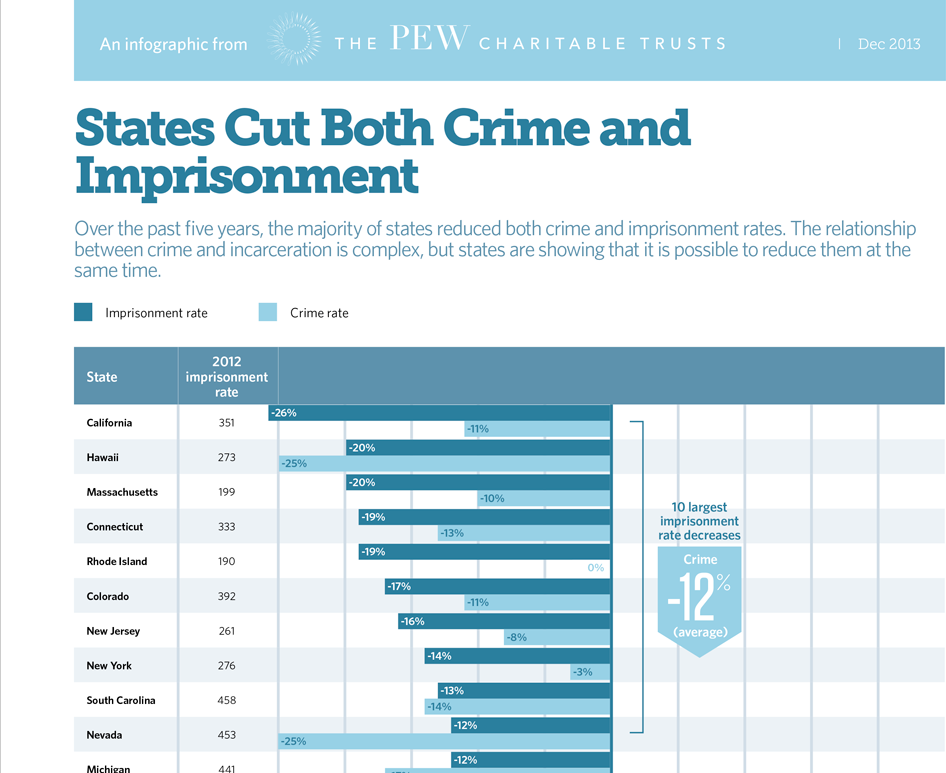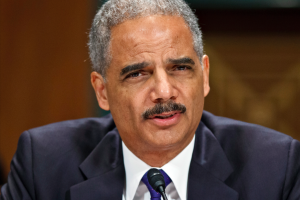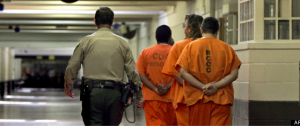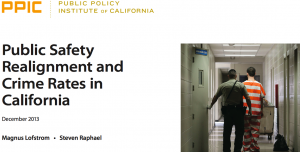The Justice Department estimates suggest that with the expansion of Medicaid, millions of ex-offenders could get the health care they need. They claim is predicated on the exoffender accessing the medical services now available to them.
A Newsweek Cover Article states that “President Ronald Reagan defunded federal mental health programs, dropping total mental health spending by over 30 percent. As a result, many of the nation’s mentally ill lost what was essentially their home and place of work, and many ended up on the street.Today, a good portion of those make their beds in prisons and jails. The last major study on mental health in prisons, conducted by the Bureau of Justice Statistics, found that 64 percent of inmates in state and federal prisons met the criteria for mental illness at the time of their booking or during the twelve months leading up to their arrest. For comparison, the rate of mental disorders among U.S. citizens stands at around 25 percent, according to the NIH. Sixty-nine percent of the country’s prison population was addicted to drugs or alcohol prior to incarceration.”
Grim statistics, but the article argues that the Obamacare expansion of Medicaid will reach those with mental health and drug abuse for the first time as an alternative to incarceration.
“Essentially, Medicaid left out poor, single, male adults without dependant children. – the same demographic most likely to end up arrested and incarcerated. Starting in January 2014, however, the categories have been eliminated (at least in the states that have chosen to take the medicaid expansion – it is an optional aspect of the ACA). “That means that a lot of people who are going to jail for mental illness or substance abuse related crimes could potentially avoid jail,” says Marsha Regenstein, a professor of health policy at George Washington University.















